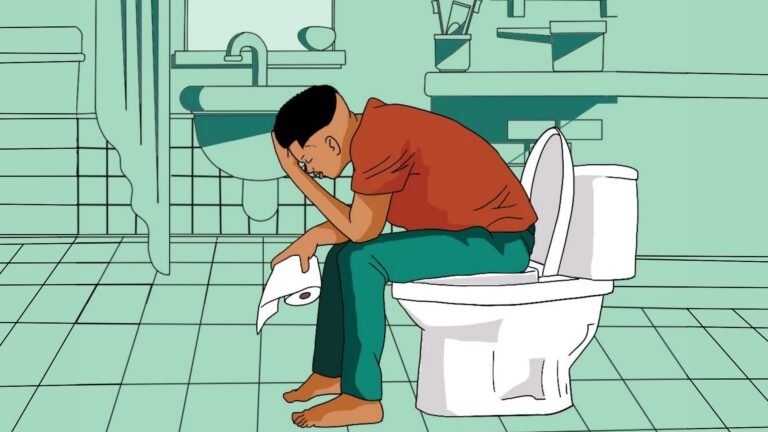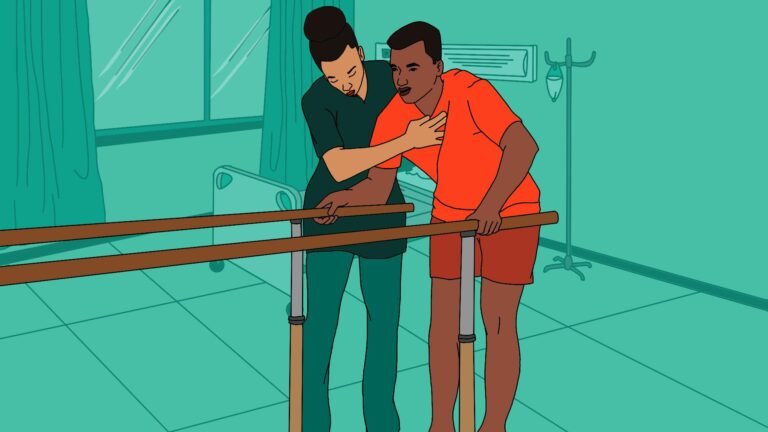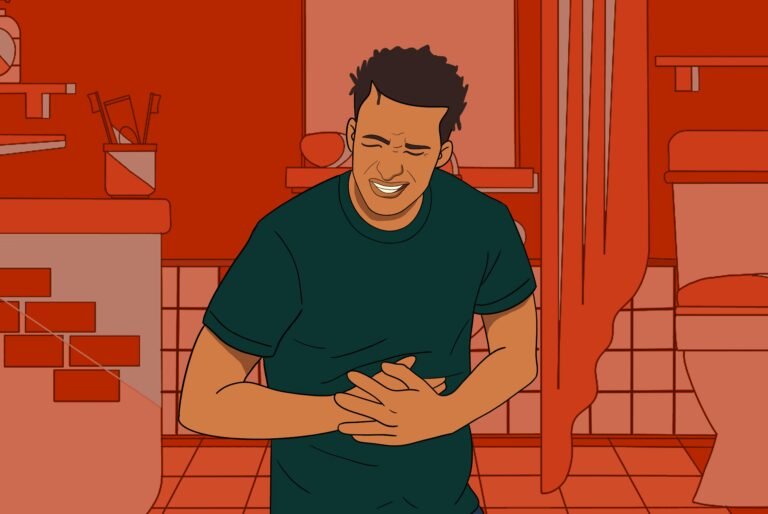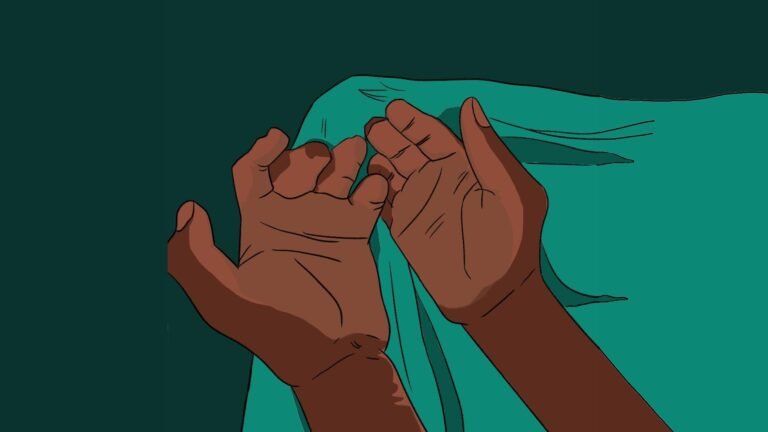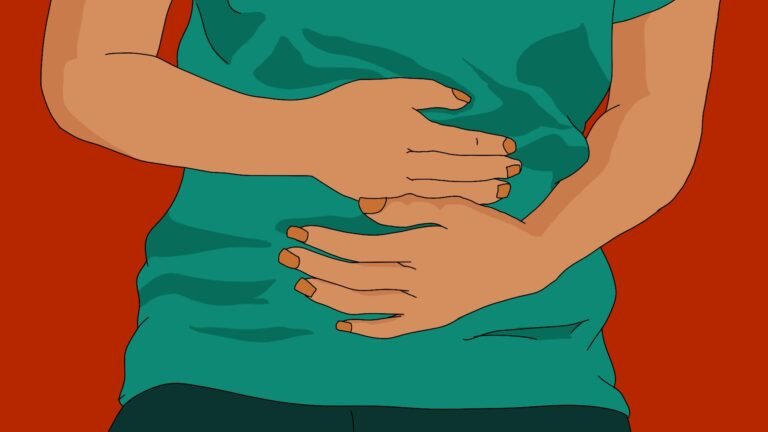
Eating Disorders
What causes eating disorders?
The exact cause of eating disorders is unknown. However, many doctors believe that a combination of genetic, physical, social, and psychological factors may contribute to the development of an eating disorder. Societal pressure can also contribute to eating disorders. Success and personal worth are often equated with physical beauty and a slim physique, especially in Western culture. The desire to succeed or feel accepted may fuel behaviors associated with eating disorders.
What are the types of eating disorders?
Eating disorders can take various forms, including overeating, under-eating, purging. Each eating disorder has unique symptoms and behaviors that can help you recognize them.
Anorexia nervosa
Anorexia can be identified by unusually low weight and an intense desire not to gain weight or eat too much, if at all. Anorexia is characterized by behavior meant to avoid gaining any weight at all, often to the point of malnourishment. With anorexia, a person may also see themselves as overweight, even if their body weight is far below normal.
Binge eating disorder (BED)
Binge eating disorder (or BED) occurs when you eat too much on a regular basis. You may also feel guilty about bingeing or feel like your bingeing is out of control. With BED, you may continue eating long after you feel full, sometimes to the point of discomfort or nausea. BED can happen to people of all sizes and weights.
Pica
Pica is a disorder in which you eat objects or other non-nutritious substances uncommon to your culture. Pica occurs over the course of at least one month, and the substances you eat may include: Dirt, cloth, hair, chalk, rocks.
The prevalence of pica isn’t well known. But it appears more frequently in people with intellectual disabilities, such as autism spectrum disorder. Also seen in people with Iron Deficiency.
Rumination disorder
Rumination disorder occurs when you regurgitate food from your stomach frequently without having another medical or gastrointestinal condition. When you regurgitate the food, you may chew and swallow it again or spit it out.
What are the myths of eating disorders?
There is the notion that, a man with a rounded belly is eating well. This is false. Fatter women are not automatically more fertile than slender women. A healthy weight is essential for maintaining a healthy pregnancy however slender women in the appropriate weight brackets do not have a lower chance of getting pregnant.
What are the signs and symptoms of an eating disorder?
Symptoms vary with each disorder, but the most common symptoms include:
- Abnormally low or high body weight
- An irregular diet
- The desire to eat alone or secretly
- Using the bathroom frequently after a meal
- Obsession with losing or gaining weight quickly
- Obsession with physical appearance and perception of body by others
- Feelings of guilt and shame around eating habits
- Experiencing abnormal stress or discomfort about eating habits
Who is at risk?
Women are more likely than men to have eating disorders. Other genetic, social, and environmental factors that may increase your risk for developing an eating disorder include:
- Age: commoner in teenage years and early twenties
- Family history
- Excessive dieting
- Psychological health
- Life transitions: before a wedding, after delivery of a baby; death of a loved one
- Obsession with body image
How is an eating disorder treated?
Treatment depends on the eating disorder, its cause, and your overall health. Your doctor may evaluate your nutritional intake, refer you to a mental health professional, or hospitalize you if your disorder has become life-threatening. In some cases, psychotherapy, such as cognitive behavioral therapy (CBT) or family therapy, can help address the social or emotional issues that may be causing your disorder.
There’s no medication that can fully treat an eating disorder but some medications can help control symptoms of the anxiety or depressive disorder that may be causing or aggravating your eating disorder. These can include anti-anxiety medicines or antidepressants.

